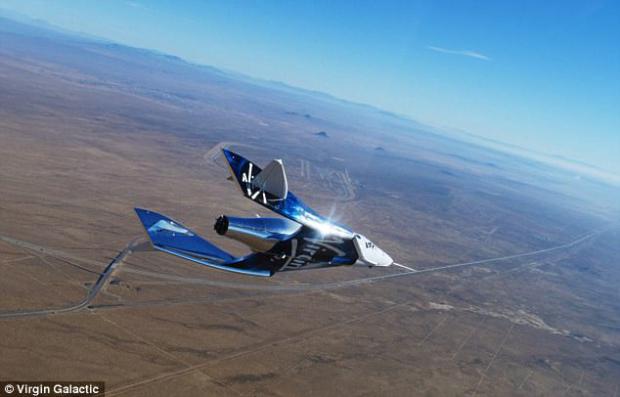
Breaking News
 NonConformist Series: Practical Wealth - Join us virtually Dec 29-30, 2025
NonConformist Series: Practical Wealth - Join us virtually Dec 29-30, 2025
 New bill would allow private citizens to fight cartels: 'WE ARE UNDER ATTACK'
New bill would allow private citizens to fight cartels: 'WE ARE UNDER ATTACK'
 Carnivore Got Me 90% There. This One Drink Changed Everything
Carnivore Got Me 90% There. This One Drink Changed Everything
Top Tech News
 Perfect Aircrete, Kitchen Ingredients.
Perfect Aircrete, Kitchen Ingredients.
 Futuristic pixel-raising display lets you feel what's onscreen
Futuristic pixel-raising display lets you feel what's onscreen
 Cutting-Edge Facility Generates Pure Water and Hydrogen Fuel from Seawater for Mere Pennies
Cutting-Edge Facility Generates Pure Water and Hydrogen Fuel from Seawater for Mere Pennies
 This tiny dev board is packed with features for ambitious makers
This tiny dev board is packed with features for ambitious makers
 Scientists Discover Gel to Regrow Tooth Enamel
Scientists Discover Gel to Regrow Tooth Enamel
 Vitamin C and Dandelion Root Killing Cancer Cells -- as Former CDC Director Calls for COVID-19...
Vitamin C and Dandelion Root Killing Cancer Cells -- as Former CDC Director Calls for COVID-19...
 Galactic Brain: US firm plans space-based data centers, power grid to challenge China
Galactic Brain: US firm plans space-based data centers, power grid to challenge China
 A microbial cleanup for glyphosate just earned a patent. Here's why that matters
A microbial cleanup for glyphosate just earned a patent. Here's why that matters
 Japan Breaks Internet Speed Record with 5 Million Times Faster Data Transfer
Japan Breaks Internet Speed Record with 5 Million Times Faster Data Transfer
Virgin Galactic will send tourists into space within MONTHS...

The test, which comes more than three years since the firm's fatal crash, saw the craft manoeuvre safely to the ground from an altitude of 50,000 feet (15,000m).
Virgin Galactic founder Richard Branson has claimed VSS Unity, the second version of the company's SpaceShipTwo, will take people on suborbital test flights by April.
So far, more than 700 affluent customers, including celebrities Brad Pitt and Katy Perry, have reserved a $250,000 (£200,000) seat on one of Virgin's space trips, with commercial flights planned for the end of the year.
Founded in 2010 with the aim of taking paying customers to space and back again, tragedy struck Virgin Galactic in 2014 when a catastrophic SpaceShipTwo test flight crash killed one pilot and seriously injured another.
It took two years for the company to regain approval from the US Federal Aviation Administration (FAA) to fly SpaceShipTwo again.
Yesterday's glide test, VSS Unity's seventh, saw the craft sent up from California's Mojave Air and Space Port attached to a twin-fuselage White Knight carrier airplane.
Once the pair reached 50,000ft (15,000m), Unity was released for an unpowered descent back to the spaceport.

 Aluminum Causes Brain Damage
Aluminum Causes Brain Damage Advanced Propulsion Resources Part 1 of 2
Advanced Propulsion Resources Part 1 of 2

